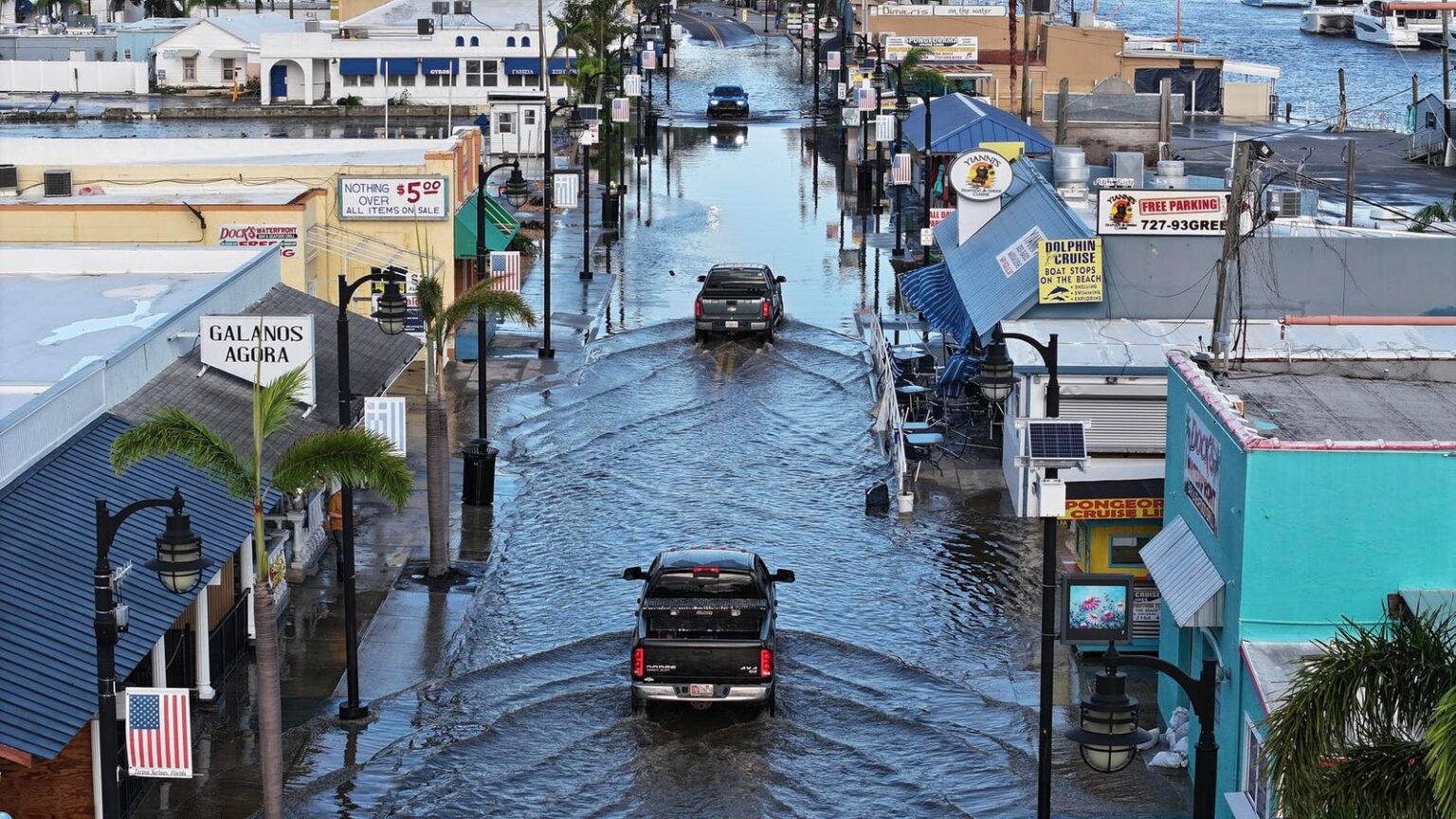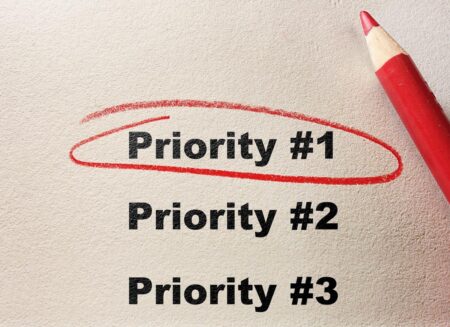If you own a home — whether a house, a condo, or a trailer — you’ve probably noticed an increase in the cost of property insurance. Well, “increase” is an understatement. Since January 2023, premiums on homeowner’s insurance have taken off as the Bureau of Labor Statistics graph below shows.
The hike isn’t a hockey stick exactly, but it’s a sudden jump that you wouldn’t want to climb if it were a hill and you hadn’t been active. Between January 2023 and November 2024, the increase has been almost 18% and that’s likely to continue its rise.
The problem is climate change. Heavy damage from natural phenomena — tornadoes, hurricanes, flooding, and wildfires — has been on the rise for decades. Insurance companies kept saying that the total covered damages have been growing for years and that it ultimately wasn’t sustainable.
Just in mid-December, the U.S. Senate Committee on the Budget announced that it was releasing public data and a staff report “that expose the scale of the climate change-driven crisis in homeowners’ insurance.” It’s the first time that there was an examination of insurance non-renewals at the country level from all 50 states and the District of Columbia.
Covering 2018 through 2023, the report shows how climate change is affecting whether households can get insurance. Without it, getting a mortgage is next to impossible because lenders don’t want to see a property destroyed with no way to recover the value.
States and counties most exposed to climate-change risks are among those with the highest non-renewal rates and the highest non-renewal rate growth.
You might expect that such states as Florida, California, and Louisiana would be on the list, and you would be correct. But the problem is much broader. Southern New England, parts of Montana, coastal and inland North Carolina, coastal regions of New Jersey, New Mexico, South Carolina, and Oklahoma are all coming up behind.
The connection to climate change is clear. “Across the United States, there is a clear positive correlation between rising non-renewal rates and rising premiums,” the committee wrote. That doesn’t necessarily mean causation, but the connection suggests a causal effect is highly likely. When insurance companies have to spend more to reimburse loss, they have to eventually make that money back to continue offering insurance.
Read the full article here











